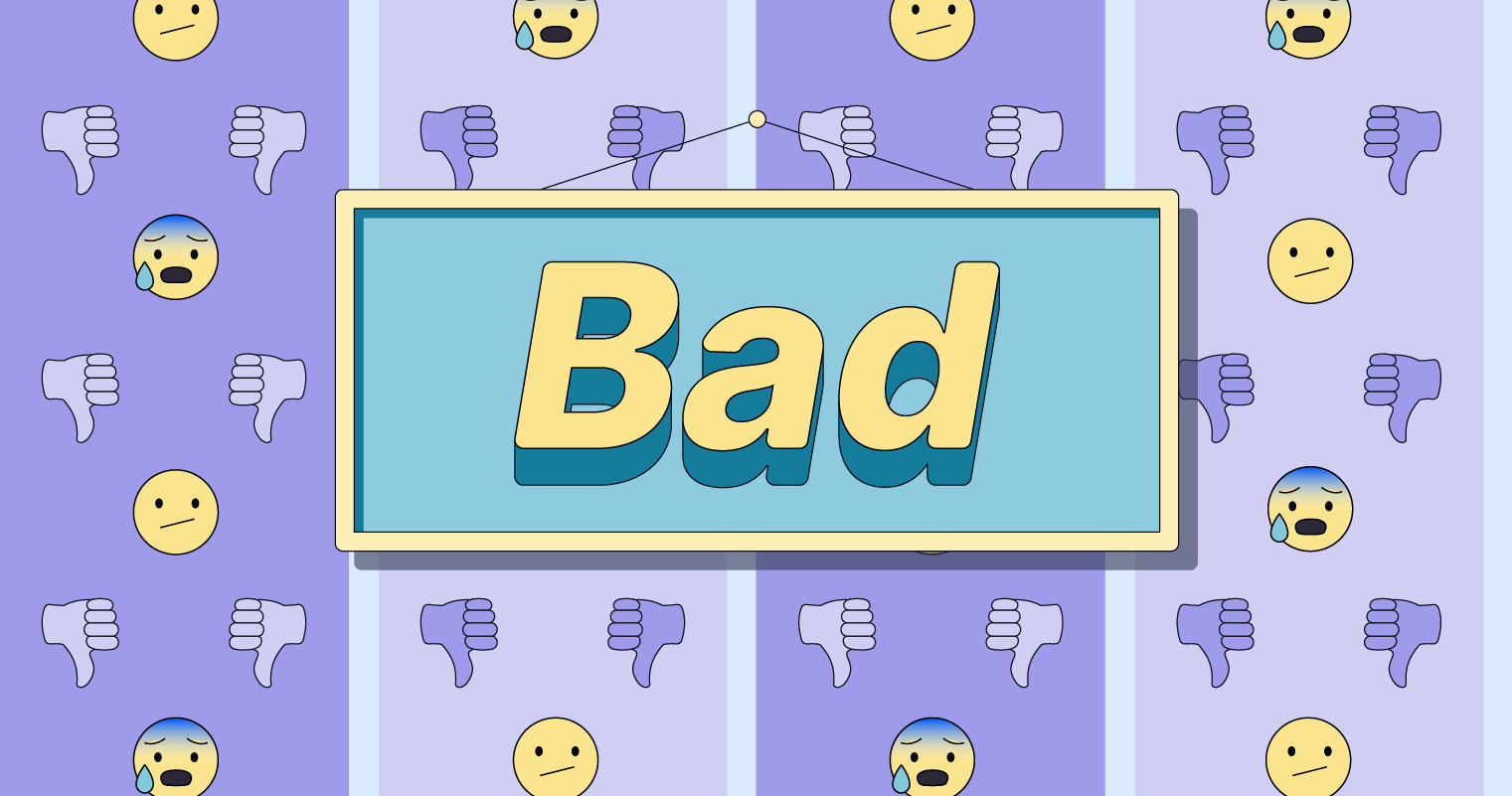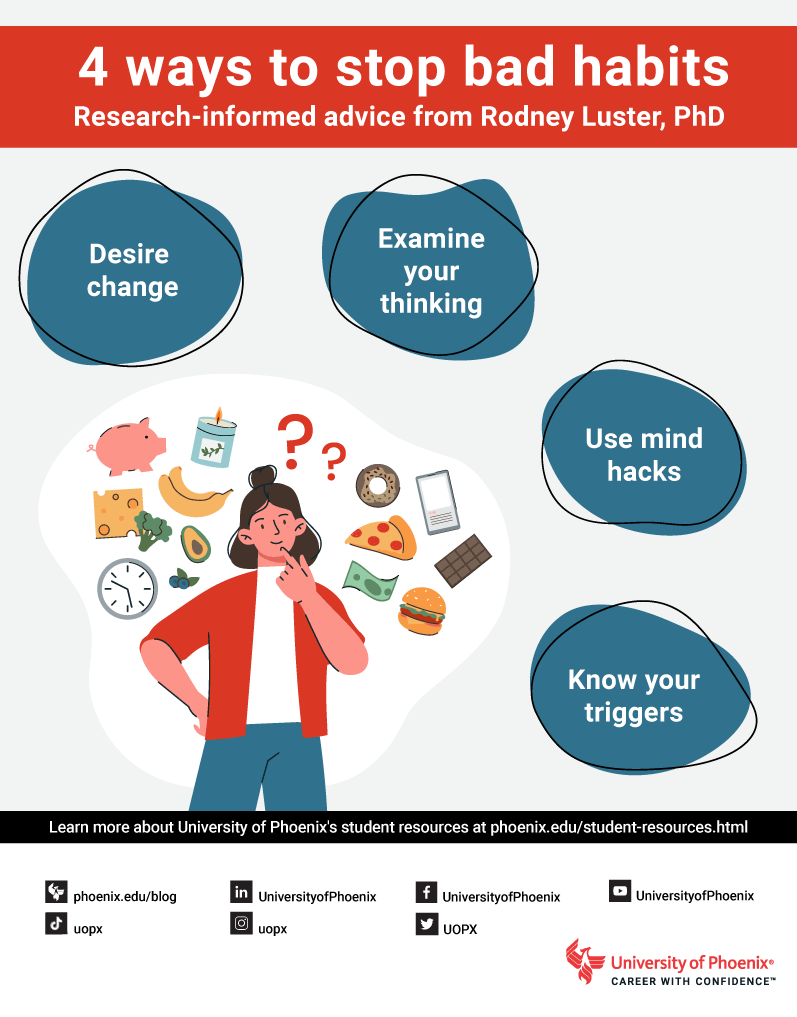The Bad Guardian - When Trust Fails
Imagine, if you will, someone or something meant to look out for others, to offer a helping hand, or to guide things along. This is, in a way, what we mean by a guardian. It's a role that carries a certain weight, a certain expectation of care and good intentions. But what happens, you might ask, when that very role, that very presence, doesn't quite measure up? When it falls short of what we might expect? This is where the idea of something being "bad" comes into play, not in a simple sense, but as a deep failure to meet what's acceptable.
There are times, you know, when something that should be a source of strength or support ends up being quite the opposite. It’s like a promise that doesn't quite deliver, or a safety net that has a few too many holes. The very definition of "bad," as some might say, is truly about not reaching a standard that's considered okay. It can mean something is just not good enough, or perhaps it's simply not what it should be.
So, what does it truly mean for a guardian to be "bad"? It's not always about ill will, not necessarily. Sometimes, it's about a lack of effectiveness, a kind of low quality in the way things are handled, or perhaps even leading to outcomes that are unpleasant or simply not wanted. It's a significant point to think about, because the impact can be far-reaching, affecting those who depend on that guardianship.
Table of Contents
- What Does a Guardian Truly Do?
- When Does a Guardian Become "The Bad Guardian"?
- What Happens When Standards Aren't Met by The Bad Guardian?
- How Do We Spot "The Bad Guardian" in Action?
- The Ripple Effect of a Failing Protector
- Is "The Bad Guardian" Always Intentional?
- Restoring What's Lost After Encountering The Bad Guardian
- Moving Forward from Disappointment
What Does a Guardian Truly Do?
A guardian, you see, is typically someone or something set up to protect, to support, or to foster growth and positive change. Think of an institution created to help nations grow stronger economically and to make life better for people. Such a group is put together with a very clear aim: to help out with economic advancement that can keep going for a long time, and to bring about good social progress for countries, especially those in Africa. This kind of organization is meant to be a parent body for a larger collection of similar groups, all working together for a common good. It's almost like a big family, with the main institution at its heart.
The very idea of such a body coming into being is usually marked by significant gatherings. For instance, an agreement that brought a bank into existence was put into place and opened for people to sign during a special meeting. This sort of thing really shows how much thought and effort go into setting up something that's supposed to be a guardian. It’s about people coming together, often ministers from different independent states, meeting to get things started, to kick off the first big gathering of those who will guide the new organization. This happened, for example, in a city like Lagos, in Nigeria, back in November of 1964, when representatives from many African countries came together.
At the core of these kinds of groups, you usually find a leader, a first president, someone who steps up to guide the way. And, in fact, a group of people, Africans themselves, came together in a city called Khartoum in Sudan to make these important initial moves. These groups often have a big picture goal, like making sure countries have good, solid information to work with. Over the years, a bank might work harder and harder to build up ways for African countries to collect and use numbers and facts, driven by the need to have information that can be trusted. This commitment to data and information is, in a way, part of their guardianship, helping countries make better choices.
For things to run smoothly and openly, a guardian organization often puts a clear structure into place. This involves having different parts, maybe even nine main areas, all working together. This structure is put in place for reasons of openness and to manage things well. It’s about making sure everyone knows who does what, and that the organization can truly do what it set out to do. This kind of organized approach is, you know, meant to help them fulfill their purpose as a guardian, making sure their efforts lead to the good results they aim for.
When Does a Guardian Become "The Bad Guardian"?
So, when does a guardian, someone or something meant for good, start to feel "bad"? It’s a bit like when something fails to hit a mark that's considered acceptable. If a tool meant to cut doesn't cut well, or if a weather situation prevents a plane from landing, we might say those things are "bad." It means they aren't working as they should, or they are causing problems. This feeling of "bad" isn't just about being unpleasant; it can also mean being harmful or simply not wanted. It’s a situation where the outcome is not what anyone hoped for, or what was promised.
Consider, if you will, a time when you might have been going through a period that was just not good. Or perhaps you had a day that felt off, a day you might call "bad." These experiences tell us something about what it means for something to be "bad": it’s about not reaching a standard that’s good enough. It’s about something not being as it should be. This can show up in many ways, like an approach to things that’s not helpful, or a deal that doesn’t turn out well for anyone involved.
Sometimes, the quality of something is just low. We might see movies that aren't very good, or use tools that don't work properly. These scissors, for example, might be so bad they can't even cut paper straight. Or perhaps an actor in a play just doesn't quite get the role right, making their performance seem, well, not good. These examples, you know, show us that "bad" can mean something is simply not good enough in its quality or how much we might want it. It's about falling short of what we expect.
The word "bad" itself can describe many things: something that sounds off, smells funny, looks unappealing, or tastes wrong. After a big rain, for instance, the water might not look clean, it might even seem bad. This is a common way to use the word, to describe something that is unpleasant, not attractive, not helpful, or even spoiled. It’s the usual way we talk about things when they just don't measure up to what they should be. It’s a powerful word for when things are just not right.
What Happens When Standards Aren't Met by The Bad Guardian?
When a guardian, or any organization meant to help, doesn't quite hit the mark, when its efforts are, in a way, of low quality, there are real consequences. If an institution is supposed to help countries get good, reliable information, but the information it provides isn't trustworthy, that's a problem. It means the very foundation for making smart choices is shaky. This failure to meet an acceptable standard can make it really hard for those who depend on the guardian to move forward.
It’s like trying to build something with materials that are not good enough. The whole structure might just not hold up. When a guardian, whether it's a person or a large group, doesn't achieve what's considered an adequate standard, the trust that people place in them can start to fade. People might feel that things are not as they should be, and this feeling can spread. It’s not just about small mistakes; it’s about a consistent failure to deliver on the core purpose.
Think about the idea of something being unpleasant or even harmful. If a guardian's actions, or lack of action, lead to outcomes that are not wanted, then that guardian is, in a very real sense, acting "badly." This could mean projects that don't help people as intended, or support that doesn't quite reach those who need it most. It creates a situation where the very thing meant to bring good ends up causing difficulties or disappointment.
The impact of a guardian not meeting its standards can be felt widely. It's not just about one person or one project. It can affect many people, many communities, and even entire regions. When a guardian's work is of low quality, or when its efforts are not acceptable, it can slow down progress, create new problems, or simply leave people in a worse situation than before. This is the weight of a guardian's role, and why meeting standards is so important.
How Do We Spot "The Bad Guardian" in Action?
Spotting when a guardian isn't doing its job well, when it's acting as "the bad guardian," can take a little looking. One clear sign is when results are just not what they should be. If an organization is set up to strengthen how countries collect numbers and facts, but those numbers are still not reliable, that’s a pretty good clue. It’s about seeing if the actual outcomes match the stated goals. You know, sometimes it's really obvious.
Another way to tell is by the feeling it leaves behind. If interactions with the guardian feel unpleasant, or if the overall situation doesn't improve, or even gets worse, those are indicators. It’s like when the weather conditions are so bad that a plane can't land; the result is clear and unwelcome. The presence of a guardian should generally bring a sense of security or improvement, not difficulty or frustration.
We can also look at the quality of what is produced or provided. If a guardian's efforts are consistently of low quality, or if the solutions it offers are just not acceptable, that's a sign. Think about those movies that are just not good, or tools that don't work right. These are clear signals that something is not living up to what it should be. It’s about recognizing when something just isn't up to snuff.
Finally, listen to what people say and how things feel. If there's a general sense that things are not as they should be, if there's a "bad attitude" around the guardian's work, or if deals being made just aren't working out, these are all ways we can figure out if a guardian is falling short. It's about paying attention to the overall picture and how things are truly playing out on the ground.
The Ripple Effect of a Failing Protector
When a guardian, something meant to protect or guide, doesn't quite perform as it should, the effects are rarely contained. It's like dropping a stone in water; the circles just keep getting bigger. This is particularly true when we consider institutions set up for big purposes, like helping entire countries develop. If their efforts are, in a way, of low quality, or if they fail to meet an acceptable standard, the impact can touch many different areas. It's not just a small bump in the road.
For example, if a group is supposed to help countries get good, reliable facts and figures, but the facts they help gather are not trustworthy, then decisions made based on those facts might not be the best ones. This could lead to money being spent in ways that don't truly help people, or to projects that don't quite achieve their aims. It means that the very foundation for progress becomes shaky, and that's a serious matter for any guardian.
The feeling of things being "unpleasant" or "undesirable" also spreads. If a guardian's presence brings about frustration or disappointment instead of progress, then people might lose faith. This loss of faith can make it harder for other good initiatives to take hold, because people become hesitant to trust. It’s a kind of negative feedback loop, where one problem can lead to several more, making it harder for communities to thrive.
In a broader sense, when a guardian doesn't achieve an adequate standard, it can slow down the overall progress of those it's meant to serve. This means that economic growth might not happen as quickly as it could, or social improvements might be delayed. The idea of something "not being as it should be" can become a reality for many, affecting their daily lives and their hopes for the future. It's a heavy burden for a guardian that falls short.
Is "The Bad Guardian" Always Intentional?
It’s a good question to ask whether a guardian that falls short, becoming "the bad guardian," always does so on purpose. Often, the answer is no. Sometimes, the intention is absolutely good, but the execution, the way things are put into practice, might be of low quality. It could be due to a lack of resources, perhaps, or a misunderstanding of what's truly needed on the ground. It’s not always about wanting to cause harm.
Consider an institution that has a very clear aim: to help with economic development and social progress. It might have a well-thought-out structure, with different parts working together for transparency and effective management. Yet, even with all these good intentions and careful planning, things can still go wrong. There might be unexpected challenges, or simply an inability to adapt to new situations.
Sometimes, the "bad" outcome isn't because someone wanted it to be unpleasant or undesirable. It might be because the methods used just didn't work out, or because the standards set were simply not met, despite everyone's best efforts. It’s like a project that starts with great hope but ends up not achieving an adequate standard because of unforeseen difficulties. The result is "bad," but the original intent was good.
So, while the effects of a "bad guardian" can certainly be negative, it’s important to remember that the root cause isn't always malice. It can be a failure of process, a misjudgment, or simply a situation where things just didn't come together as they should have. The outcome is still something "not as it should be," but the story behind it can be much more complex than simple ill will.
Restoring What's Lost After Encountering The Bad Guardian
When people or communities have faced a guardian that didn't quite live up to its role, there's often a need to restore what was lost. This isn't just about fixing the immediate problems; it's also about rebuilding trust and confidence. If a guardian's efforts were of low quality, or if the results were unpleasant, then the path forward involves making things right and showing that standards can, in fact, be met.
Part of this restoration involves clearly identifying where things went wrong. If a guardian failed to reach an acceptable standard, understanding why is the first step toward preventing it from happening again. This might mean looking at how the organization operates, or how its plans are put into action. It’s about learning from the experiences where things were "not as they should be."
It also means putting new measures in place to ensure that future efforts are truly effective and lead to the desired outcomes. This could involve changing how support is given, or how projects are managed. The goal is to move from a situation where things were undesirable or harmful to one where they are helpful and truly make a positive difference. It's a commitment to doing better.
Ultimately, restoring what's lost after encountering "the bad guardian" is about showing that guardianship can be a force for good. It's about demonstrating that institutions and individuals can, in fact, meet their responsibilities and contribute to genuine progress. It's a long process, but a very necessary one for healing and moving forward.
Moving Forward from Disappointment
Dealing with the aftermath of a guardian that didn't quite hit the mark, one that perhaps left things feeling "bad," means finding ways to move ahead. It’s about taking the lessons learned from those moments when things were not as they should be, and using them to build something stronger, something better. This process often involves a good deal of looking back at what happened, but with an eye toward future improvements.
When an organization or a role meant to help falls short, when its quality is low, it can create a sense of disappointment. But that disappointment can also be a powerful motivator. It can push people to ask harder questions, to demand better standards, and to work together to ensure that future guardianship is truly effective. It’s about turning a negative experience into a chance for real change.
This means focusing on what can be done differently. If certain efforts were found to be undesirable or simply not acceptable, then new approaches need to be considered. It’s about putting plans into action that are designed to truly deliver on the promises of guardianship, making sure that support reaches those who need it and that projects truly lead to positive, lasting results.
The journey forward from encountering "the bad guardian" is about rebuilding, not just structures or systems, but also trust. It’s about showing, through consistent effort and clear results, that a guardian can indeed be a source of strength, protection, and genuine progress. It’s a commitment to making sure that the future is built on solid ground, where expectations are met and contributions are truly meaningful.

When bad means good - Lesson Plan - ESL Brains

Other Ways to Say “Bad”, With Examples | Grammarly

4 Ways to Break Bad Habits | University of Phoenix